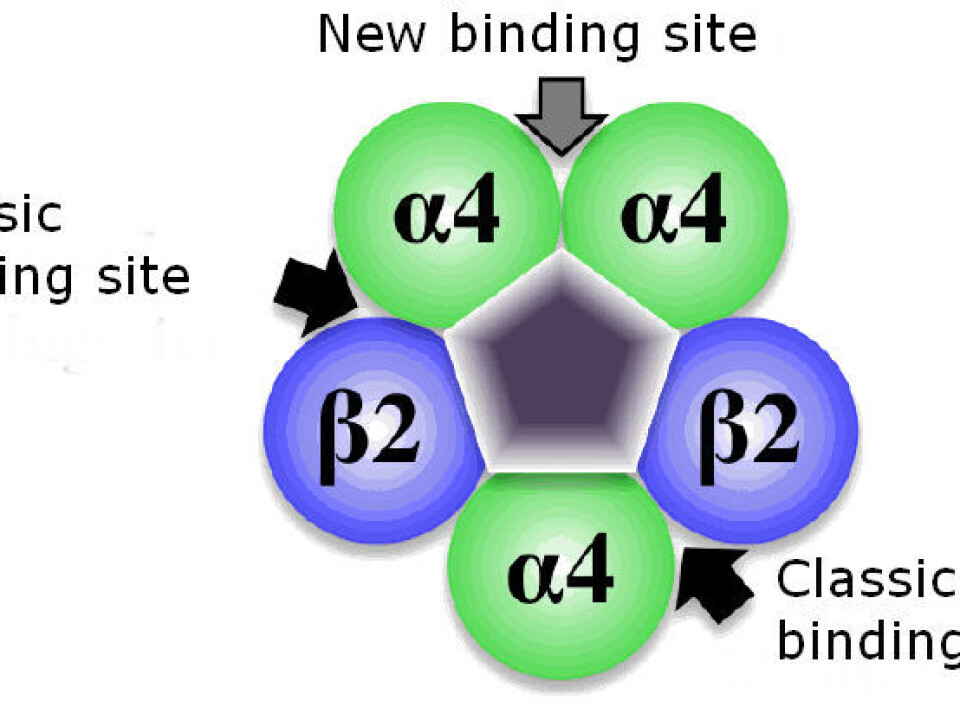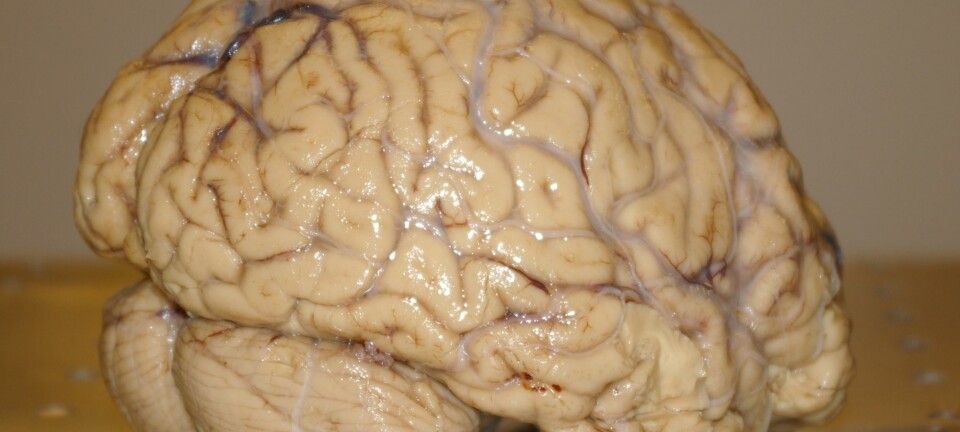
Uncharted area of the brain discovered
Researchers have unveiled a previously unknown area of the brain, a discovery which could lead to new kinds of psychiatric drugs.
Scientists have discovered new characteristics in a receptor in the brain that controls functions such as our ability to concentrate. The findings could play a crucial role in the development of new psychiatric medicine, and could well extend into other medical areas too.
Receptors can now be controlled
It has long been common knowledge that Alfa4Beta2 had only two binding sites. However, the Danish team's discovery was that the receptor actually has a third binding site. This is an important result as it provides valuable new insight into receptors. But the most fascinating thing about the third binding site is that it enables scientists to regulate the receptor.
“Now we can develop molecules that are a perfect match for this binding site. That way we can control the strength of the impulses fired out by the receptor,” says one of the researchers, senior lecturer and PhD Thomas Balle, of the Department of Medicinal Chemistry at the University of Copenhagen.
The new information will enable scientists to manipulate the receptor's signals with previously unseen precision. It will make it possible to design medicine targeted at subgroups of specific receptors, which eventually could result in medicine with fewer side effects.
Thinking outside the box

The third binding site was located using 3D models of the receptor, simulating its interaction with signalling molecules on a computer.
“The breakthrough came when we could establish in the laboratory that by modifying only a few amino acids in the new binding site, we could suddenly control the receptor's response,” says Balle.
“We've known about this receptor for almost a century now, so it's only conventional thinking that's kept us from making this discovery.”
Could have a widespread effect
Few receptors have received as much scientific attention as Alfa4Beta2. In addition to controlling the effects of nicotine, it is also closely linked to Alzheimer's and Parkinson's diseases, as well as being associated with language, memory and learning. The team believes this discovery can have a significant effect on medical research for psychiatric illnesses, but it could prove useful in other areas too.

“There are numerous subgroups of nicotine receptors, and we're convinced that something similar applies to many of the other nicotine receptors. At some point we may also be able to use our findings to help patients with prolonged severe pain, for example diabetics.”
A strong benchmark
The researchers are currently picking out new molecules that work selectively on the new binding site. They are hoping to take out a patent on the new molecules, so they can lay a strong foundation for the development of new medicine.
“We're publishing our results now because we hope others will catch on and use our findings to develop new medication for diseases such as Alzheimer's and Parkinson's. By combining good 3D receptor models and a thorough understanding of the receptor's mechanisms, we have set a strong benchmark,” says Thomas Balle.
The project started in early 2010 and was carried out by Balle and his colleague Kasper Harpsøe from the Department of Medicinal Chemistry at the University of Copenhagen, together with four scientists from Danish biopharmaceutical company Neurosearch.
Read the article in Danish at videnskab.dk
Translated by: Dann Vinther











